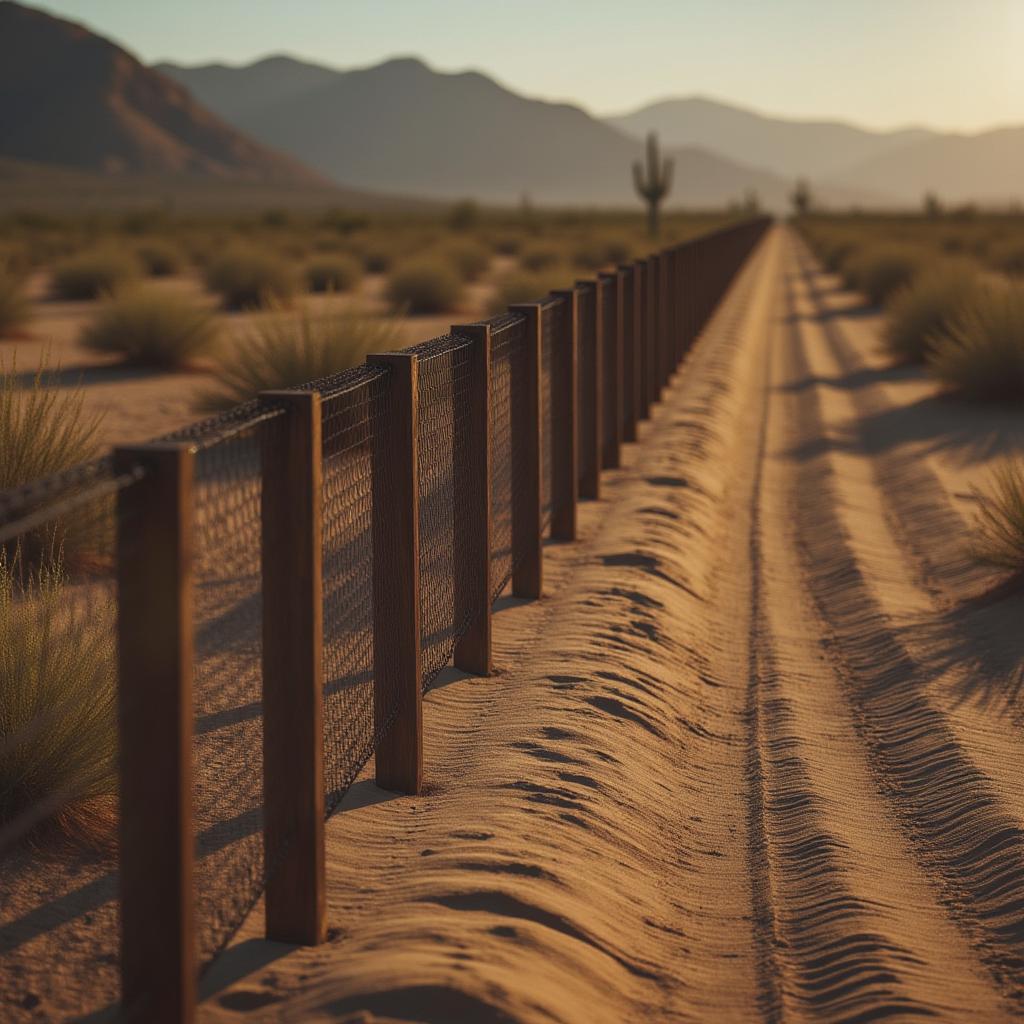
Nadiah Rivera Fellah’s Picturing the Border is more than just a collection of photographs—it’s a vivid journey through the fascinating and often overlooked stories of the U.S.-Mexico border. The book, released by The Cleveland Museum of Art, dives deep into the lives, struggles, and resilience of those who call this region home, presenting images that date back to the 1960s.
One standout piece in the collection is Miguel Fernández de Castro’s Grammar of Gates (2019), which offers a striking aerial view of the border fence cutting through the Sonoran Desert. The image, with its dark shadows resembling tire tracks, highlights the stark reality of this man-made boundary—a symbol of division and control.
Fellah, a curator at the Cleveland Museum of Art, brings a personal touch to the project. Growing up shuttling between El Paso and Ciudad Juárez, she witnessed the border’s transformation long before it became a hotspot for militarization and surveillance. Her unique perspective shines through as she explores the “metaphorical, imaginative, and psychic power” of this contested space.
The book features work from 17 artists who capture the borderlands in all their complexity. From Mixteco farmworkers traveling from Oaxaca to California to the vibrant lowrider culture in East Los Angeles, each image tells a story of identity, resistance, and survival. Ricardo Valverde’s photographs of lowriders adorned with Mexican flags and mariachi hats celebrate the blending of cultures. Meanwhile, Graciela Iturbide’s Cholos, White Fence, East Los Angeles (2017) reveals a cross-border identity shaped by community, matriarchs, and the enduring presence of the Virgin of Guadalupe.
One of the most moving images comes from Ronald Rael and Virginia San Fratello’s Teeter-Totter Wall (2019), a temporary installation that turned the border fence into a playground. Pink seesaws connected children on both sides, offering a poignant reminder that even in the face of division, life and joy persist.
Picturing the Border is a powerful tribute to the humanity and dignity of those who live along this contested space. Through its stunning visuals and heartfelt narratives, the book invites readers to see the border not just as a line on a map, but as a place where people continue to create, connect, and thrive.
Whether you’re a photography enthusiast or simply curious about border culture, this book is a must-read. It’s a celebration of resilience, a testament to the power of art, and a call to look closer at the stories that shape our world.
